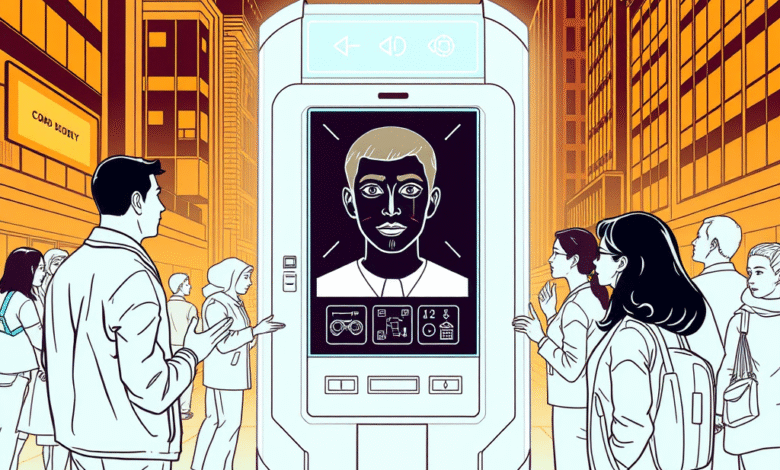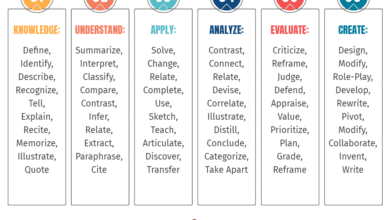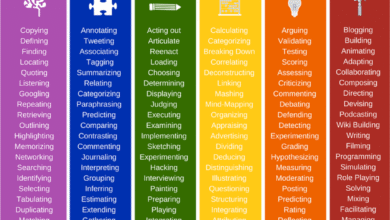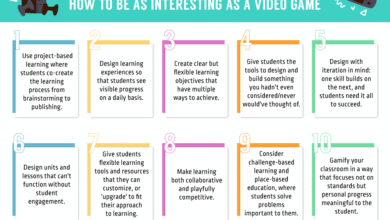How Do We Know Who’s Human? A New Tech Raises Big Questions

Sam Altman’s World project is scanning irises across the U.S. to verify who’s human—raising massive questions for educators, parents, and students. In this episode, I break down how it works, why it matters, and how you can spark meaningful classroom discussions with a free poster and downloadable Google Doc.
On May 1, 2025, Sam Altman’s identity project, now called World (formerly Worldcoin), launched iris and face-scanning locations in six U.S. cities.
The goal? Prove you’re human — and get a World ID in return (and some of their cryptocurrency.)
A Media Literacy Moment, For Sure
This story is important. As I did research, I was astounded at the variety of angles on this. Also, at what isn’t being said and how deeply I had to dig. (Make a copy of my Google Doc with links and resources including the question poster.)

So, I wanted to break down the detailed research I conducted. My hope is that these various aspects and articles will help facilitate research and discussion with students. In my opinion, you can teach media literacy by showing the dramatically different angles that these articles share the story of these identity centers. From the “everybody get a free ID and some crypto” articles to the “oh no, this is bad for privacy” angle and even more!
Bias in Sources
Not every story is simple. Not any one news source can be as trusted as the deep, intentional research and reading.
And quite honestly, not every AI tool can be trusted. And, particularly because this is about OpenID, I found that my research required leaning on non-OpenAI tools. (Sam Altman leads OpenAI which created ChatGPT and is a co-founder of World.) I had to lean on AI tools other than ChatGPT to get at what I wanted for this one.
Whatever AI I’ve used, it is incredibly hard to keep AI from minimizing my skeptical thoughts or concerns about AI. This is why I always write everything myself. I can use AI to format, but even then, I have to give intentional oversight on any work I do in the AI realm when using AI.
A little bit of commentary from Vicki.(AI companies want you to use their tool. AI companies also want you to think favorably about their tools and companies. I am not saying they are intentionally doing anything, but remember, their employees are using their own tools and therefore, the training data, if they are using their own, most likely will bias the results. It is inherent in how AI works. I guess this is why people who say they no longer need people to train them that ChatGPT can tell them everything they need to know means they are not really educated on how AI works. It is this sort of thinking that marginalizes teachers of all ages. Get educated. Isn’t that the noble profession we cherish?)
Additionally, as I recorded this, I wanted you to know that there are valid reasons why solutions are needed in a world where AI can imitate humans. However, this identity solution from World, in particular, is full of issues.
Why do we need to prove we are human?
So what are the three major reasons this global ID push is happening?
- Stopping identity fraud and deepfakes.
- Verifying age online to protect children. This isn’t in this solution now, but I can see it coming.
- Distinguishing humans from synthetic AI agents (in this case for dating sites.)
You might also be concerned why a dating site like Match.com is partnering with World. And also, why VISA would partner with this program? Good questions. I have my theories. (Even why Austin TX is one of the locations they chose.)
Can a World Identity truly be anonymous?
While World says that everything is anonymous, I want to remind us of its purpose.
It is obvious through the partnerships that the ultimate purpose is to cut fraud and slash fake profiles on dating sites which actually require a connection between you and your WorldID – and that, my friends, by definition is not anonymity. Be careful. Be wise. Your identity is priceless.
I think that the next step is age verification and making sure someone is who they say they are – and likely worse. As I share in the show, social security numbers in the US were never intended to be a national number. But now, if someone steals yours, they can ruin your life.
So, I don’t want to steal my own thunder by getting into everything here. I have included all of the notes below. I hope you’ll take a few minutes to listen to the show, share your thoughts in the comments on this post or YouTube.
In particular, I’m interested in how you educators and parents will discuss or use this as a current events lesson with your students and children.
Listen to the Episode
How Do We Know Who’s Human? – YouTube
How Do We Know Who’s Human? A New Tech Raises Big Questions
How Do We Know Who’s Human? – Podcast
Subscribe to the Show
Key Takeaways
Here are the links for the statistics and commentary I share in this episode.
🤖 What is World and How Does It Work?
World, formerly WorldCoin, is opening U.S. locations in six cities, LA, San Francisco, Atlanta, Nashville, Miami, and Austin to scan your iris (not just your face) with an NVIDIA-powered AI orb. You get a World ID and cryptocurrency. They’ve partnered with Visa and Match Group.
Link: https://www.nbcchicago.com/news/business/money-report/sam-altmans-eye-scanning-id-project-launches-in-u-s-with-six-locations/3734896/
🔐 Why Do People Want Human Verification? (And Identity Verification)
Problem #1: Combatting Identity Fraud
Problem #2: Verifying Age for Online Safety
Problem #3: Dating Scams and Fake Profiles
🧠 AI Is the Biggest Risk Factor
Ethical Concerns and Classroom Connections
️Why Iris Scanning Raises Privacy Alarms
If It’s Free, You’re the Product
Can Good Intentions Go Too Far?
Do We Trust Tech Companies with Our Data?
What the Founder, Alex Blania, Says
Your Voice Matters 🗣️
In Episode 898, I share what I’ve learned so you can decide what you believe and how to bring it to your classroom. If you’re teaching digital citizenship, ethics, or AI literacy — this episode will help you start a vital classroom conversation.
Found this Helpful?
- Leave a comment about what you think or how you’ll use this as a lesson with students.
- Subscribe or get my newsletter over to the right.

Get these 3 fake news lessons free when you sign up for my newsletter

The Cool Cat Teacher newsletter includes freebies like this. Newsletter subscribers get bi-weekly emails with tips, links, and ideas to teach and inspire you to do remarkable things in your classroom. If you’re already on the list, you’ll get a copy of these three lesson plans in the February 17, 2017 Email.
Source link



